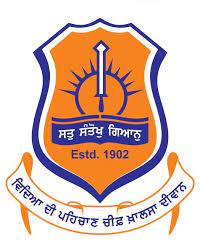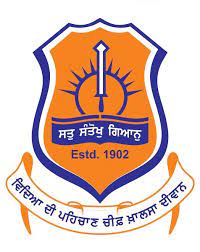BISHAN SINGH, SANT (d. 1973), holy saint most of whose life was spent in works of seva, raising of buildings by labour volunteered by devotees, at different shrine sites, came of a well to do Sindhi family. Nothing is known about his early life except that his parents were Sahajdhari Sikhs and that he was in government service when he came in 1940 to the Punjab on a pilgrimage visiting Sikh places of worship and saw Sant Gurmukh Singh of Patiala, then engaged in massive works of seva reconstructing the shrines and sacred pools at Khadur Sahib and Goindval. Bishan Singh was so impressed by the piousness, humility and devotion of Sant Gurmukh Singh and of the large number of Sikhs volunteering their labour that he resigned his post in the government, gave away his personal belongings and joined the holy company.
sikhs
Explore the deeper meaning of Aarti in Hinduism and Sikhism, where true worship goes beyond rituals and embraces the beauty of nature and truth.
Explore the profound concept of Aatma and its connection to Paramaatma, God, and the transcendental self in Sikh and Hindu philosophies.
Explore the distinctive and largely unknown Sikh architectural style, with its rich history in gurdwaras, forts, and palaces, by S.S. Bhatti.
Discover the captivating history and architecture of Samman Burj, the octagonal Mughal marvel in Lahore Fort, known for its royal and administrative legacy.
Explore the profound concept of Aatma and its connection to Paramaatma, God, and the transcendental self in Sikh and Hindu philosophies.
Explore the deeper meaning of Aarti in Hinduism and Sikhism, where true worship goes beyond rituals and embraces the beauty of nature and truth.
Explore the profound concept of Aatma and its connection to Paramaatma, God, and the transcendental self in Sikh and Hindu philosophies.
Explore the deeper meaning of Aarti in Hinduism and Sikhism, where true worship goes beyond rituals and embraces the beauty of nature and truth.











